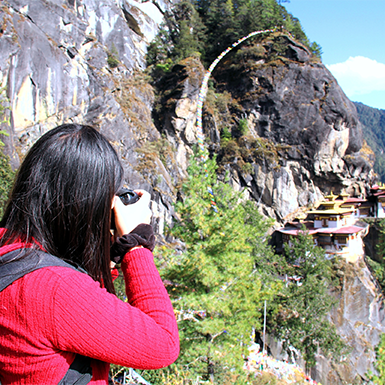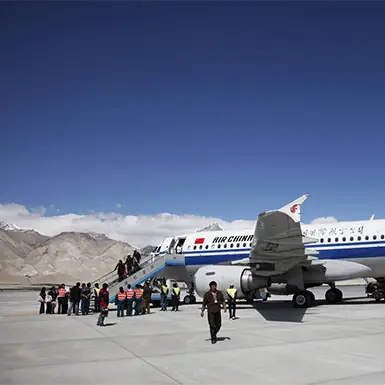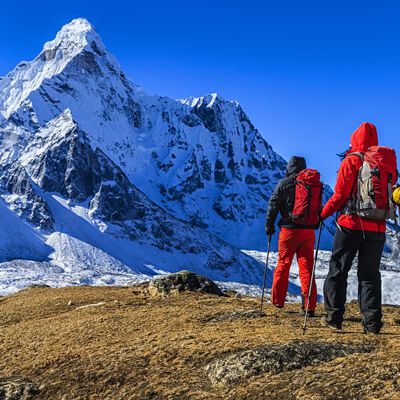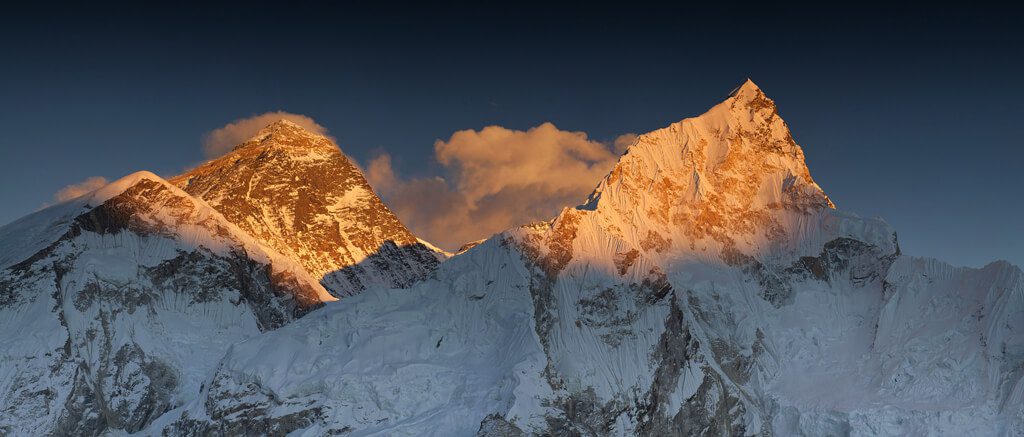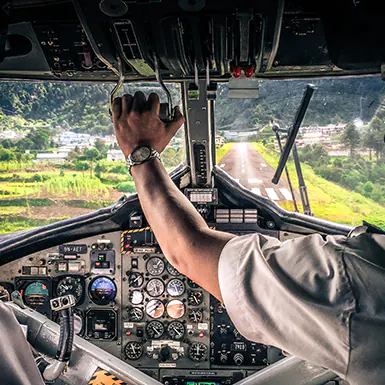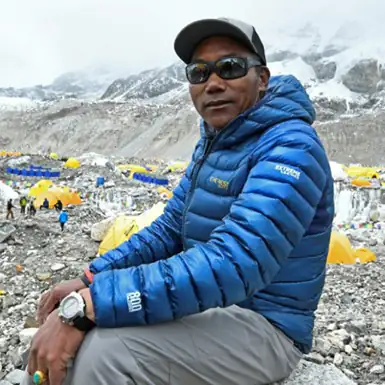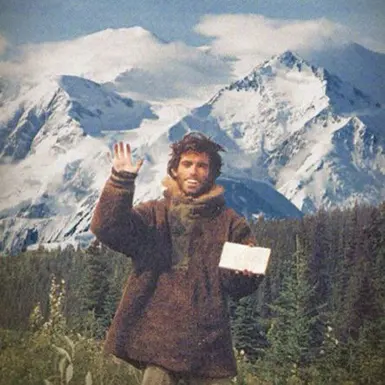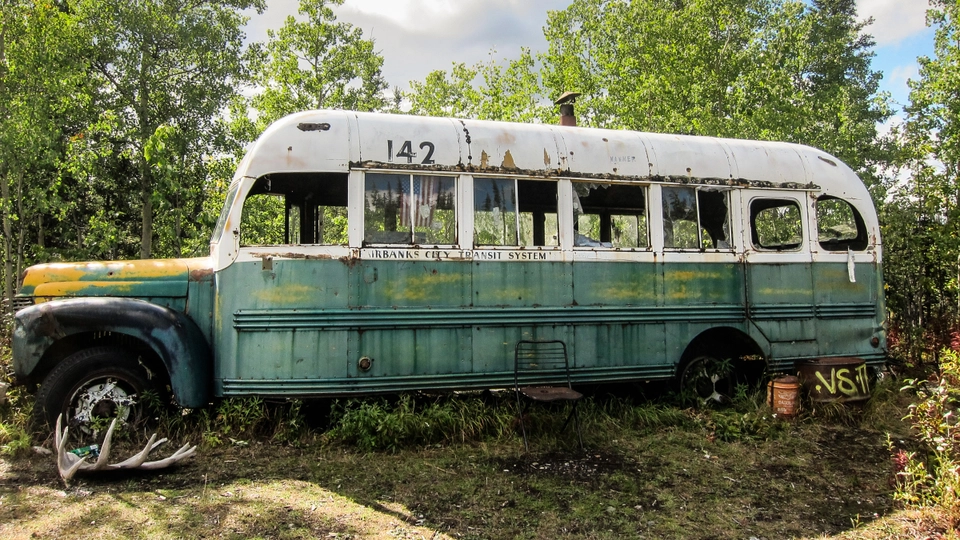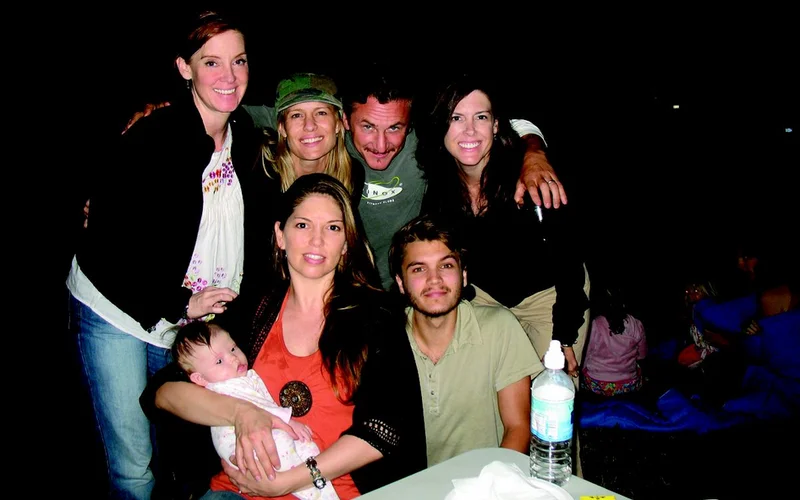Discover the Magic of Bhutan: A journey unlike any others
In the heart of the Himalayas lies a kingdom that stands as a testament to the harmonious coexistence of tradition and modernity. Bhutan, the Land of the Thunder Dragon, beckons travelers with its unique charm and unspoiled beauty. Here’s a recap of the key points that make Bhutan a one-of-a-kind travel destination:
Cultural Identity: Bhutan proudly maintains its cultural identity while embracing elements of the modern world. Its commitment to preserving tradition is evident in its architecture, attire, and way of life.
Sustainable Tourism: Bhutan’s approach to tourism is distinct. The Minimum Daily Package ensures responsible tourism, protecting the environment and culture while providing travelers with an authentic experience.
Natural Beauty: From lush valleys to towering peaks, Bhutan’s landscapes are a canvas of breathtaking beauty. The country’s commitment to environmental conservation ensures that its natural wonders remain pristine.
Festivals and Culture: Bhutan’s vibrant festivals, or ‘Tshechus,’ are windows into its rich culture. These celebrations are a symphony of colors, mask dances, and religious rituals that offer a deeper understanding of Bhutanese spirituality.
Responsible Travel: Bhutan encourages travelers to respect nature, support local communities, and reduce plastic waste. By adopting sustainable practices, visitors become partners in preserving Bhutan’s beauty.
Explore Bhutan with an Open Heart and Respectful Attitude
As you prepare to explore Bhutan, approach this journey with an open heart and a deep respect for its culture and environment. Be mindful of the traditions and customs, converse with locals, and savor the flavors of Bhutanese cuisine.
Personal Reflection: A Glimpse into Bhutan’s Soul
During my journey through Bhutan, I was struck by the warmth and authenticity of its people. Whether I was hiking to the iconic Tiger’s Nest Monastery or participating in a traditional festival, Bhutan welcomed me with open arms.
Bhutan is not just a destination; it’s an invitation to connect with a land steeped in spirituality, culture, and natural beauty. It’s a place where the past and the present harmonize, and preserving tradition is a way of life.
So, embrace the magic of Bhutan, immerse yourself in its wonders, and leave with memories that will stay with you forever. Your journey to the Land of the Thunder Dragon is an unforgettable chapter in your travel story.
